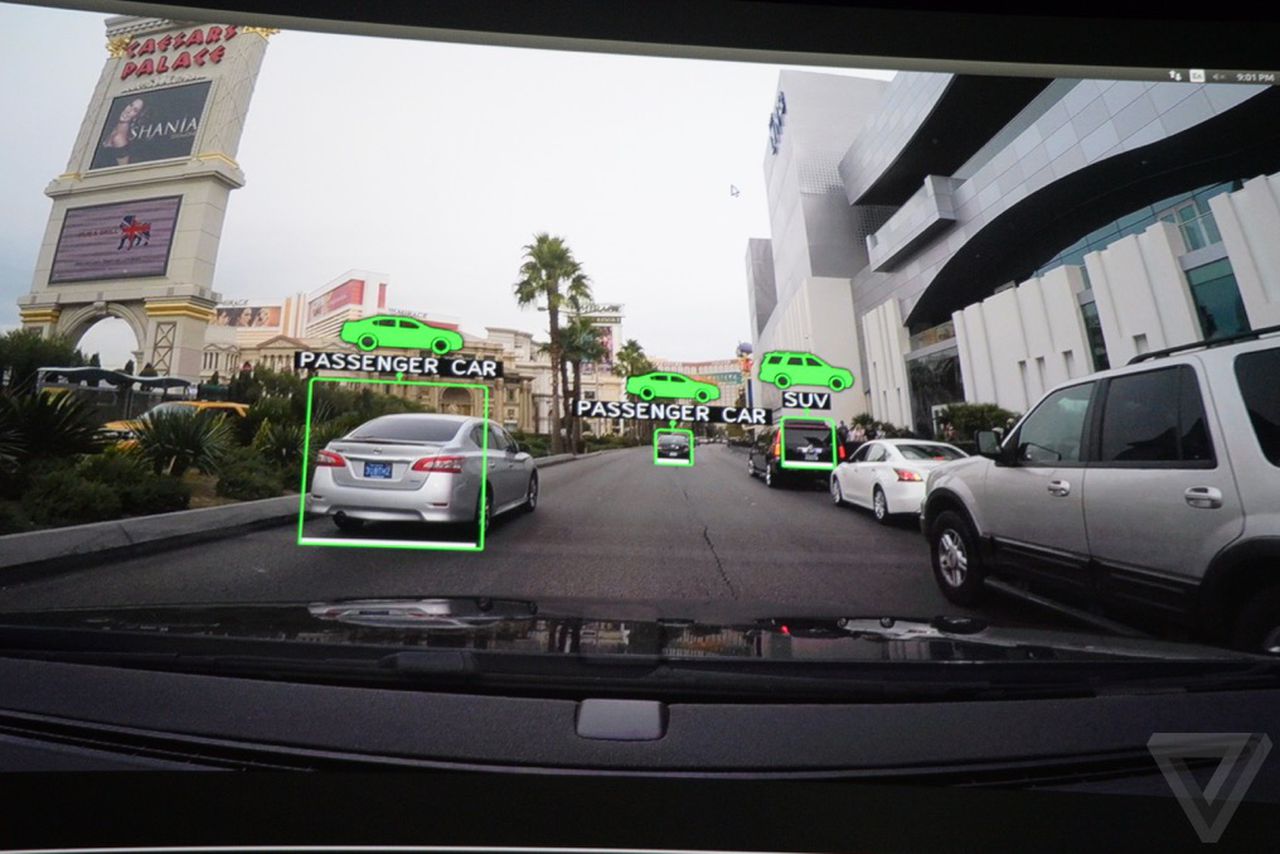As reported by ComputerWorld: Boeing has announced that, after 16 months of development, it has delivered a "reversible" fuel cell for the U.S. Navy that stores energy from renewable sources and generates zero-emissions electricity.
The Solid Oxide Fuel Cell (SOFC) system, which can generate 50 kilowatts (KW) of power, is the largest of its kind and can use electricity from wind or solar power to generate hydrogen gas, which it then compresses and stores.
 When power is required, the system operates as a solid oxide fuel cell, consuming the stored hydrogen to produce electricity.
When power is required, the system operates as a solid oxide fuel cell, consuming the stored hydrogen to produce electricity.

The Solid Oxide Fuel Cell (SOFC) system, which can generate 50 kilowatts (KW) of power, is the largest of its kind and can use electricity from wind or solar power to generate hydrogen gas, which it then compresses and stores.
The SOFC system can scale to provide up to 400KW of power. It is being tested as part of a micro power grid at the Navy's Engineering and Expeditionary Warfare Center (EXWC) at Port Hueneme, Calif., .
"This fuel cell solution is an exciting new technology providing our customers with a flexible, affordable and environmentally progressive option for energy storage and power generation," Lance Towers, director of Boeing's Advanced Technology Programs, said in a statement.
A fuel cell is a device that uses stored chemical energy (in this case, hydrogen) and converts it into electricity. The SOFC device uses solar power to strip seawater of its hydrogen molecules through electrolysis. The hydrogen gas can then be stored and later used in the fuel cell stack where it electrochemically reacts with oxygen in ambient air to produce electric current, heat and water.
Omar Saadeh, a senior grid analyst at GTM Research, said the military is an enormous energy consumer with a high demand for reliability with regard to mission critical systems; so it only makes sense that they'd invest in a combination of on-site power generation and microgrid technologies.
"At forward operating bases, for example, deploying renewables not only enhances energy efficiency, but more importantly, also reduces the logistical risk in transporting fuel over distant and often hostile territory," Saadah said in an email reply to Computerworld.
Microgrids are small-scale power infrastructures that operate autonomous from the centralized grid run by utilities. According to a 2015 microgrid study by GTM Research, the military made up 35% of U.S. operational microgrid capacity.
While solar power is often promoted as the resource of the future, natural gas-fired generation accounts for 67% of the military’s domestic microgrid energy generation, Saadah said.
"This is due to its rapid dispatchability and reliability as a larger-scale power source," he said. "That being said, remote bases, which are smaller by nature, are deploying renewable and storage combinations as economically viable solutions that to meet today’s energy needs."
The SOFC manufacturers include Boeing in Huntington Beach, Calif. and Sunfire in Dresden, Germany.
The technology is unique in being able to both store energy and produce electricity in a single system, making the technology "reversible," Boeing said.
"The SOFC is a most promising technology for both remote islands and expeditionary applications," Michael Cruz, EXWC project manager, said in a published report. "Combined with a solar photovoltaic array, a SOFC system generates electricity, potable water, and heat with only two inputs, sunshine and seawater."











